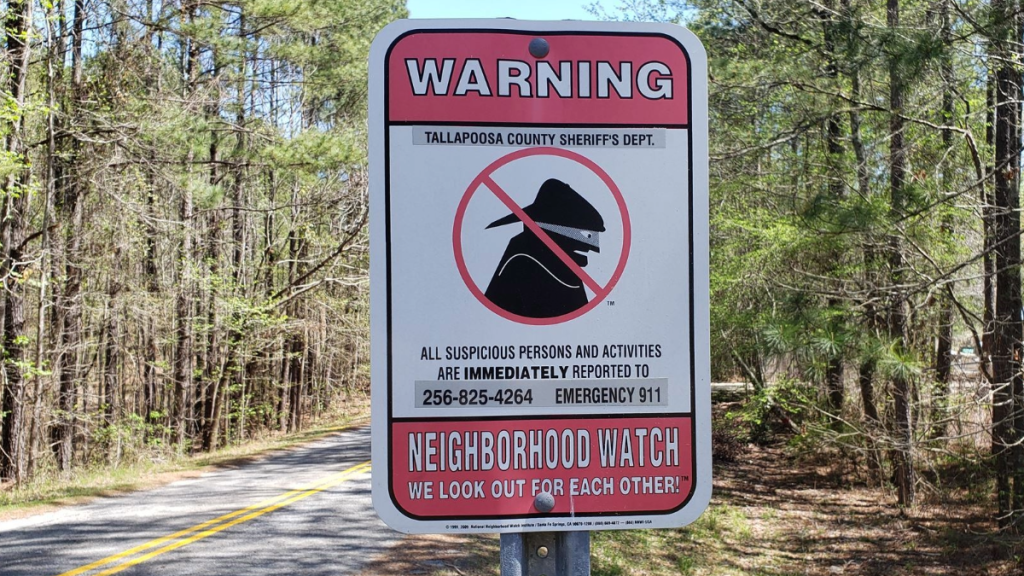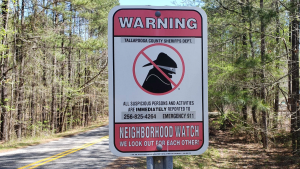When neighbors consider starting a safety program, one of the first questions they ask is simple: Do those Neighborhood Watch™ signs actually work? At first glance, a metal sign might not seem like much of a deterrent. But research, decades of law enforcement experience, and community testimonials all point to the same answer: visibility matters.
The National Neighborhood Watch™ Institute (NNWI) has spent more than 40 years equipping communities with official signage, decals, and resources. These tools do more than decorate street corners; they establish vigilance, build trust, and signal to would-be offenders that a neighborhood is organized and alert.
The Psychology of Visibility of National Neighborhood Watch™ Signs
Criminals make decisions based on risk and reward. If an area appears watchful and engaged, the perceived risk increases. NNWI’s standardized signs act as constant reminders that residents are not only aware but connected to law enforcement and civic leaders.
According to the U.S. Department of Justice, visible deterrence strategies, such as signage, reduce property crime and trespassing. Just as a security company’s yard sign reinforces the presence of alarms, neighborhood watch signage communicates community vigilance.
Consistency Builds Credibility
DIY or mismatched signage may look unofficial, leading to confusion or skepticism. NNWI’s signs, used across thousands of communities nationwide, create a uniform national standard. Consistency matters – when residents and outsiders see familiar, credible signage, they recognize authority.
This recognition is more than symbolic. It reassures residents that a trusted national program is protecting their neighborhood, and it warns potential offenders that the community takes safety seriously.
Practical Applications
Communities can use signs most effectively by:
- Placing them at entrances and exits – sending a clear message to anyone entering.
- Pairing signage with education – handing out decals or guides alongside installation.
- Maintaining visibility – ensuring signs are clean, reflective, and placed at eye-level.
Looking Forward
As communities look for affordable, scalable safety solutions, signage will continue to play a leading role. Future innovations may include QR codes that link to reporting tools, but the foundation remains the same: visibility deters crime.
Conclusion
Neighborhood Watch™ signs do work. They deter unwanted activity, reassure residents, and strengthen trust in civic leaders and law enforcement. For over four decades, NNWI has provided the official, nationally recognized signs that make communities safer.
Ready to make safety visible in your neighborhood?
We Look Out For Each Other.



